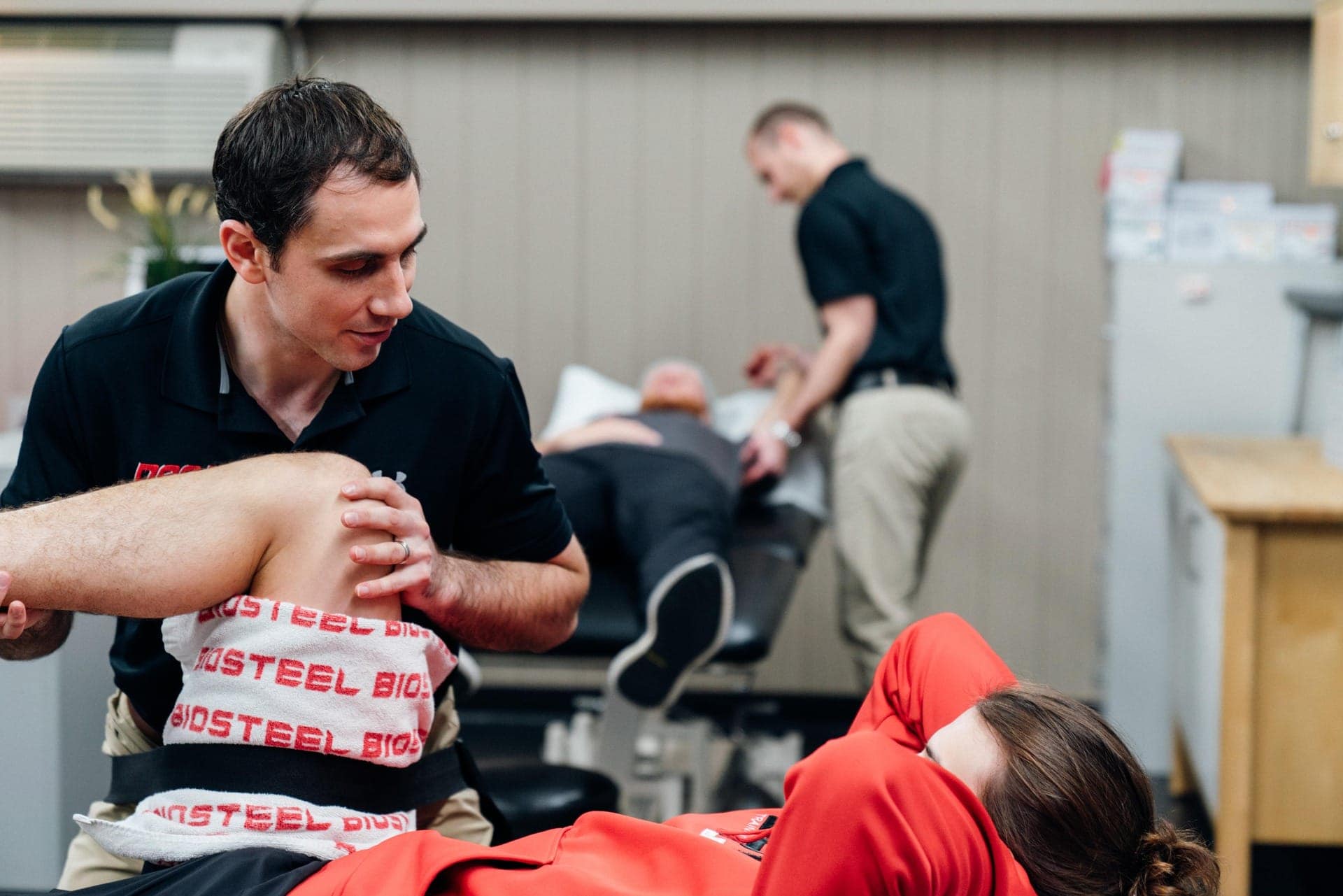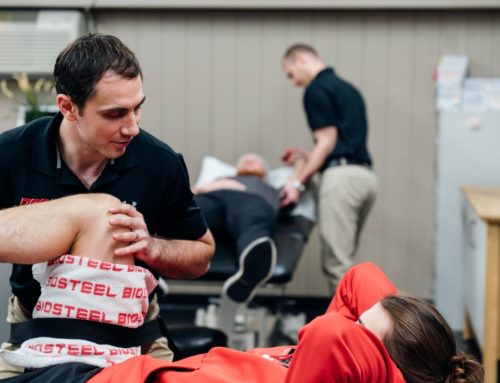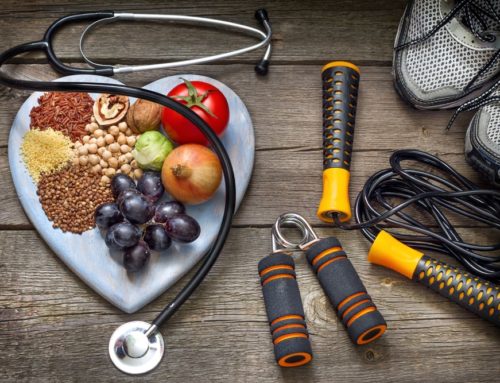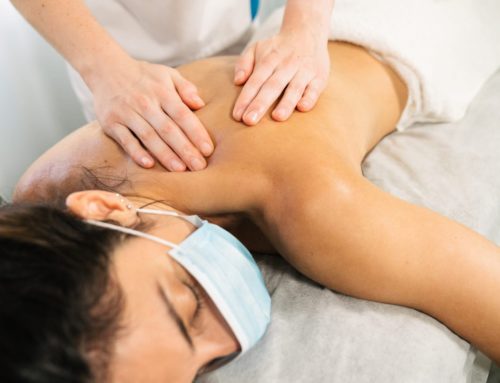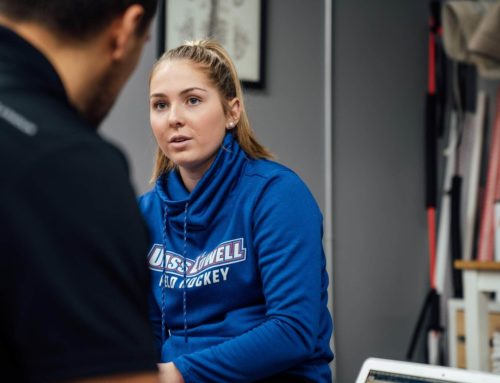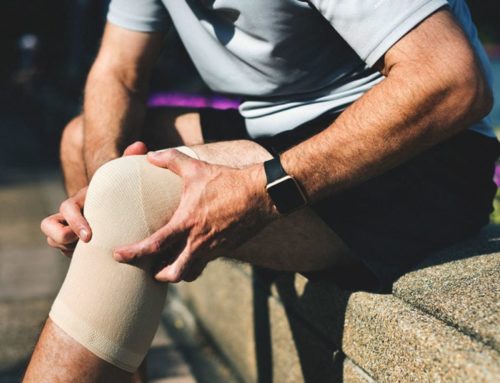Acute Injuries: What should you do after you get injured?
In recent years, the notion of preventative medicine and injury prevention has become increasingly more popular. BUT…what happens if you do get injured? What do you do? What should you do to get yourself back to full function ASAP?
Many people upon getting injured will often follow the “wait and see” self diagnosis protocol. Although this may not hinder a person’s recovery, it may not help it either. As a sports rehab therapist, it is our job to get individuals back to their normal performance level quickly and safely. One of the most effective ways to do this is to see an injury as early as possible. Early assessment of an injury provides valuable information that can assist in the early healing process, prevent further complications, avoid future re-injury, and provide home advice or exercises that will facilitate recovery.
What can you do to help yourself while waiting to see a health professional?
PIER: Pressure, Ice, Elevation and Rest
This is a common acronym that many have heard, but how do you do this effectively?
Pressure is the most important aspect to control swelling and inflammation. It is even better then ice! Some aspects of swelling are beneficial to a newly injured area, however excess fluid can hinder the healing process. Tensor bandages are a great way to apply pressure. Be cautious not to apply too much pressure so that it increases pain. Apply pressure with a tensor bandage by beginning the wrap well below the injured the area, with more pressure at the bottom and looser at the top. This will allow the fluid to be pushed up where it can be reabsorbed more effectively. Compression sleeves may be beneficial if they cover enough area, however, due to the elastic at the top and bottom of many compression sleeves the swelling can get trapped between them. It is also important to note that while sleeping all forms of compression should be removed to prevent reducing blood circulation to dangerous levels while a person is sleeping. Otherwise, keeping constant pressure to an injured area is highly effective for swelling, reducing pain and protecting the injury.
Ice: Recently using ice for injuries has been in controversy. However in the initial days/hours of an injury, ice can be beneficial. Inflammation is a natural and necessary way of the body’s self healing mechanism. It is important to remember this when icing. The key to icing effectively is to not over ice! When icing an acute injury, it is necessary to allow the body to return to full normal body temperature before reapplying, thus allowing the benefits of inflammation to continue. In general, ice an injured area 10-15 min max at one time. There are many ways to ice. A bag of crushed ice is very useful as it can be molded around the injured area. Chemical packs provide a good cooling effect, but can cause ice burns as they are often colder than normal ice. Use a cloth as a barrier between the ice and the skin and reduce the time it is used. An ice bucket or cool water can be used for areas that are difficult to cover with ice bags (ie a hand or an ankle). Chronic injuries may not benefit from icing and should be used as directed by a health professional.
Elevation refers to lifting the injured area above the heart. If you have a knee injury, resting your leg on a chair while you sit will not be enough elevation to make a positive impact. On the other hand, if you have a shoulder injury the sitting position is very appropriate. Swelling will move in the same direction as gravity, therefore if you have a knee injury, elevate the knee as well as raise the ankle when possible. Overnight is one of the harder times to control swelling especially for lower body injuries. Trying to keep your leg on a pillow overnight can make it difficult to sleep, and sleep is essential for healing. A good tip is to use a few text books under your mattress in the bottom corners. This way overnight you will be on a small incline to provide elevation all night. You do not need to elevate very high, 1-2 inches can make a big difference.
Rest: Another mistake people often do is to over rest an injury. While some injuries, such as a broken bone may need immobilization, most injuries will improve faster with active rest. Active rest is a huge category that could be an article on its own, but in general this means doing early mobilization or strengthening while respecting the injured area and the healing process. This is the where seeing a therapist can help you the most. There are an infinite number of exercises that allow proper rest of an injury, but also promote healing. Indirectly, work out the rest of the body. For example if you hurt your ankle, you can still continue work out upper body and the opposite leg. Moving the joints above and below your injured area can prevent non-injured areas from becoming stiff and sore. As your pain decreases, you can increase the amount of movement. By seeing a therapist quickly after an injury, you can capitalize on many specific ways to incorporate active rest into your rehab immediately.
When should you see a therapist after an injury?
The best time to see a therapist is as soon as possible after an injury. Therapists including athletic therapists, physiotherapists, and chiropractors are excellent at assessing injuries and proving immediate treatment to help you recover quickly. You do not need to see a doctor in order to be seen for treatment. Often people wait to see a family physician which can take days or weeks before they can be seen. This is valuable time lost where therapy can be beneficial. So, if getting back to activity is your priority, then do not delay booking an appointment.
Written by: Teresa Budwal, Certified Athletic Therapist, Registered Massage Therapist

